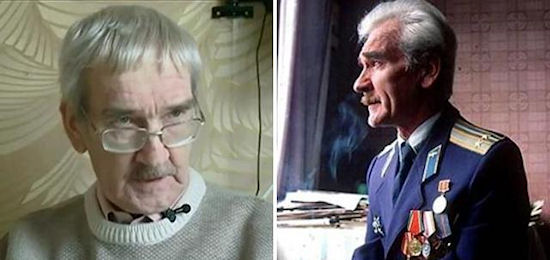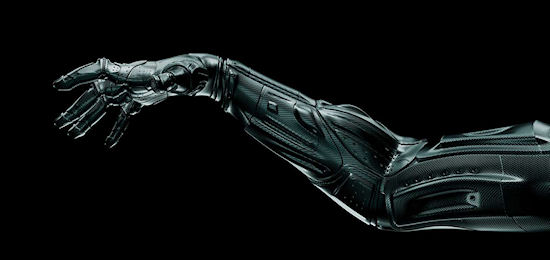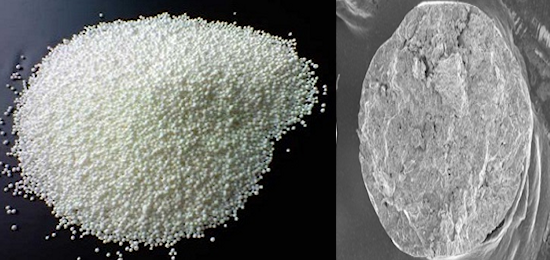The Order of the Knights of the Temple, or Templars as they went down in history, was for almost 200 years one of the most important military and economic forces of its time.
When a country starts casting around for 60-year-old veterans to send to the front,
...In Western military circles, it’s common to refer to the “
The Order of the Knights of the Temple, or Templars as they went down in history, was
...Submarines were used for the first time in large numbers and played a significant
...Many times during the Cold War the world was on the brink of a nuclear holocaust.
...During the two world wars of the 20th century, submarines were essentially surface
...Ten years ago, on March 11 2011, a devastating earthquake occurred along part of a
...Ammonium nitrate is a solid crystalline substance, soluble in water.
...The name Mary Celeste refers to one of the greatest sea mysteries, that still remains
...Over a third of Americans believe that global warming is a hoax, and over half
...On February 20, 2009, Bernie Bamford, a British aeronautical engineer roaming in
...Rudolf Hess was born on April 26, 1894 in Alexandria, Egypt. His father was a wealthy
...There are photos that are really works of art, others that have great historical
...Maria Anna Mozart, beloved nicknamed Nannerl, was the elder and only sister
...Television has a long and interesting history. In addition, it has
...Since antiquity people have used textiles for all range of purposes. From blankets
...For the past two decades, many aspects of metaphysical data have begun to sit
...From a historical perspective, 'The DaVinci Code' is good fiction... I do think the
...Scientifically speaking, how does it transform our lives? Why is it so difficult to
...Recently when someone asked me what religion I am I was perplexed. To be a religion
...


























